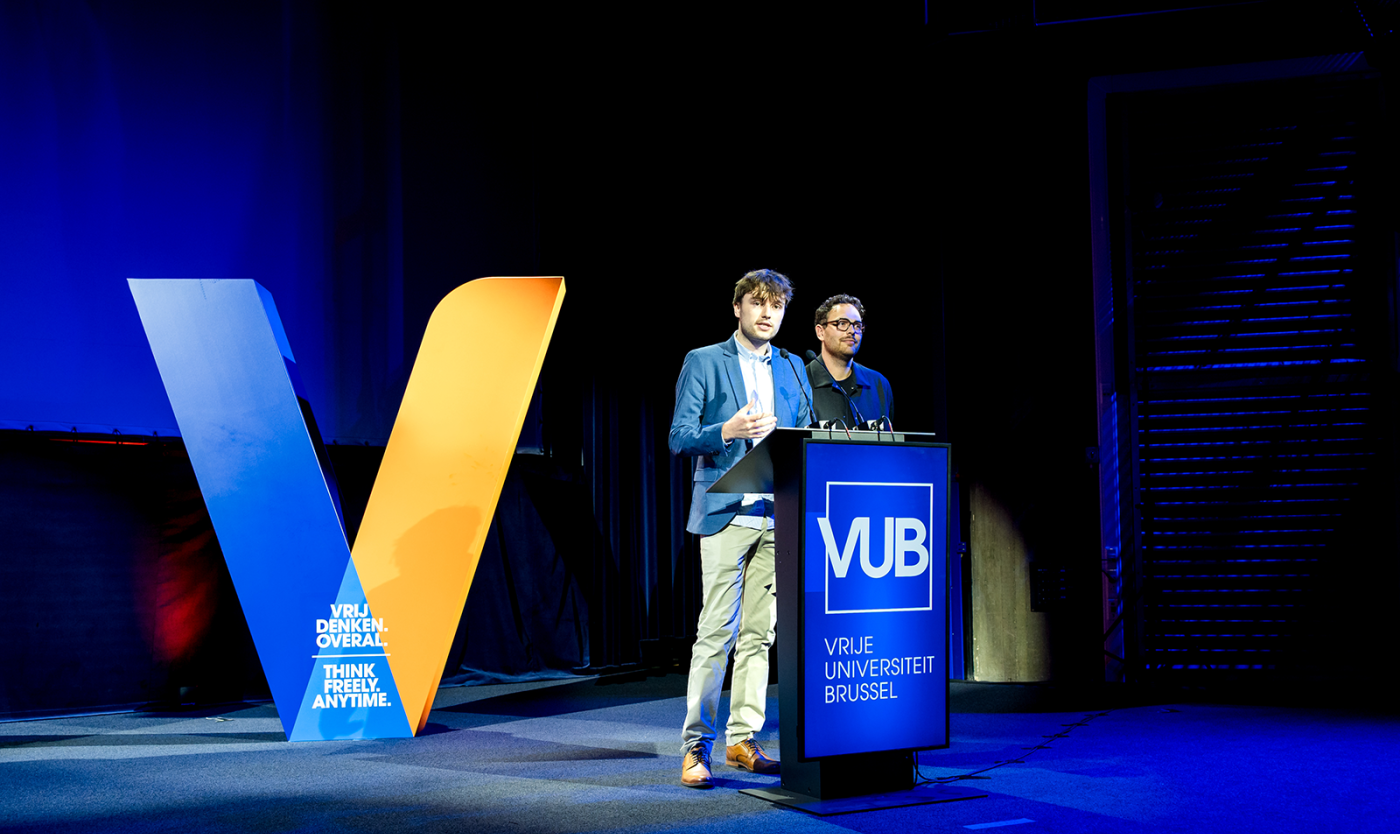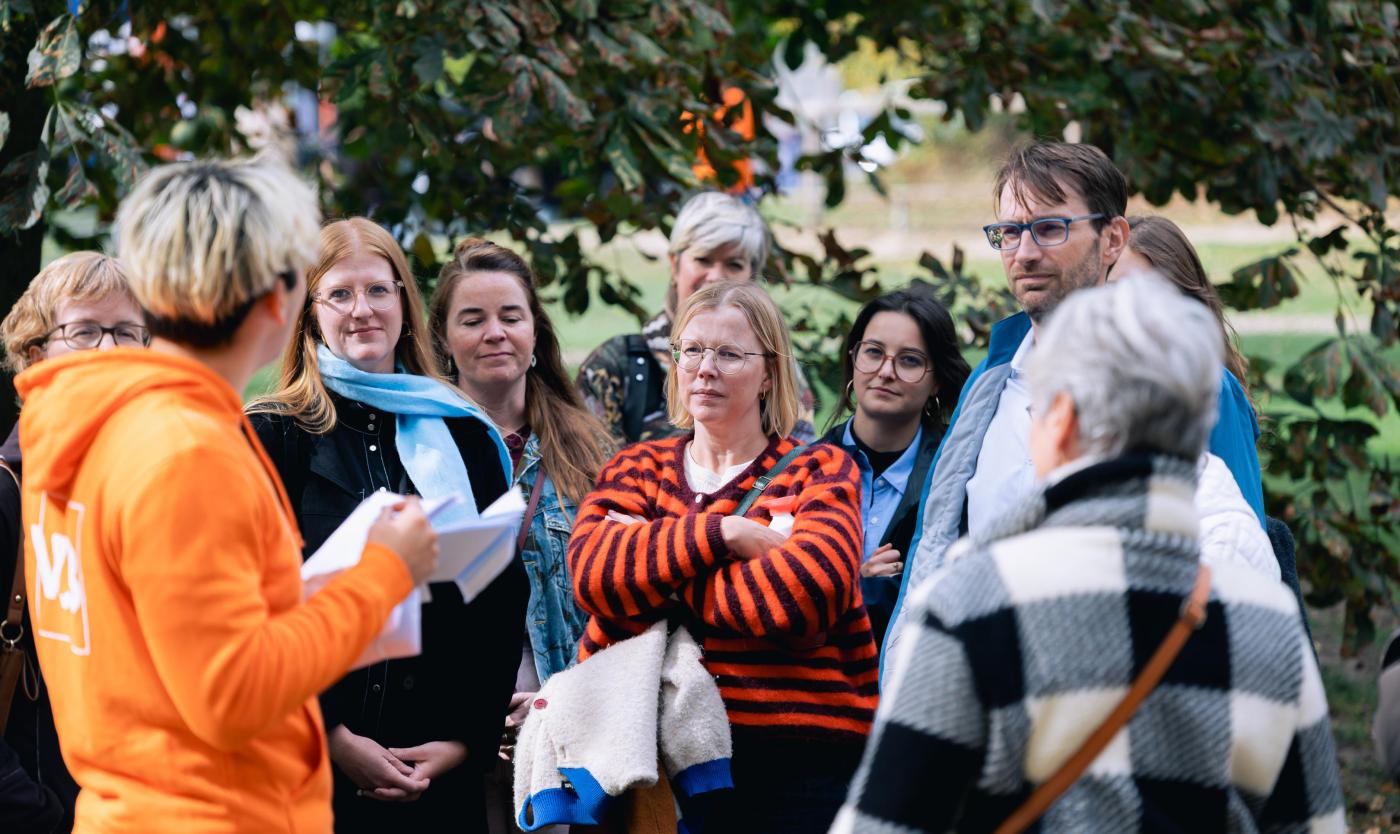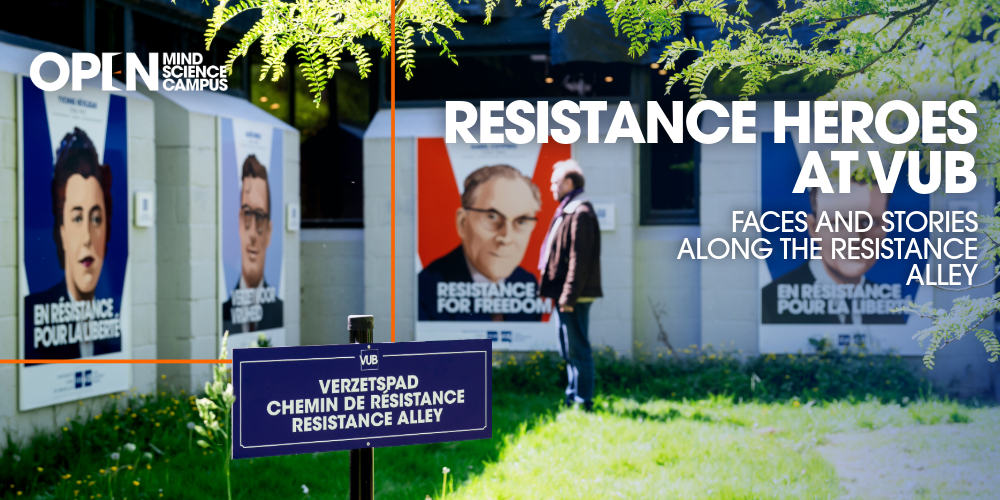
On 8 May 2024, VUB honoured the values of freedom and resistance with the inauguration of the Resistance Alley on the Main Campus in Etterbeek. Along this alley hang the portraits of 25 Belgian resistance heroes who stood up against the Nazi occupier during the Second World War. Their courage lives on as a reminder – and as a call to action, because even today the foundations of our society are under pressure.
The resistance fighters portrayed along the alley were hairdressers, engineers, artists, miners, doctors – but also students, researchers and professors. They paid a heavy price: at least 15,000 Belgians were murdered, many more returned broken from concentration camps. Their stories are now visible on our campus, tangible in image and word.
For VUB this alley is no coincidence. Our university carries a historical link with the resistance. More than 140 professors and students from ULB – from which VUB was founded in 1970 – died as political prisoners. ULB was also the only Belgian university to close its doors in 1941 during the war.
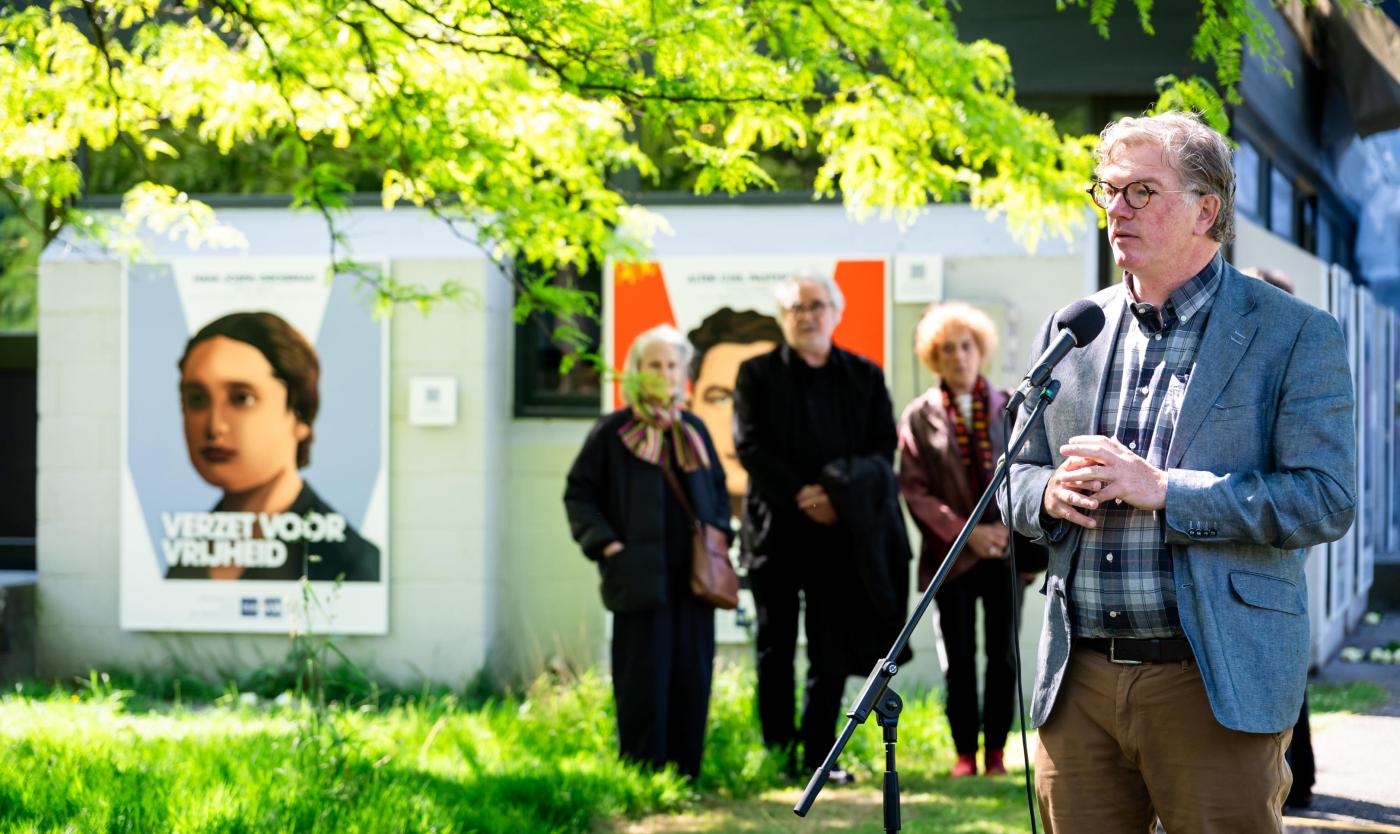
Rik Röttger, coordinator of archive CAVA
Rik Röttger: “They joined the resistance from different motives and backgrounds. With this alley we want to show that resistance does not always have to be armed – and that it is still possible today, sometimes in small steps”
Traces of resistance
Next to the alley, VUB – in collaboration with the non-profit Helden van het Verzet – has established the academic chair Traces of Resistance. Professor of Contemporary History Nel De Mûelenaere leads the academic work: “There is still much to do. We are starting research projects on networks, personal stories and heritage, such as the farewell letters of executed resistance fighters. Not to create myths, but to show their humanity and inner struggles. Precisely that makes this part of history so inspiring today.”
The chair combines research with public engagement: from academic lectures to calls to share heritage. Students will also be able to dedicate their bachelor’s and master’s research to the theme, so that new generations continue to explore this past.
Nel De Mûelenaere: “Not to create myths, but to show their humanity and inner struggles. Precisely that makes this history so inspiring today”
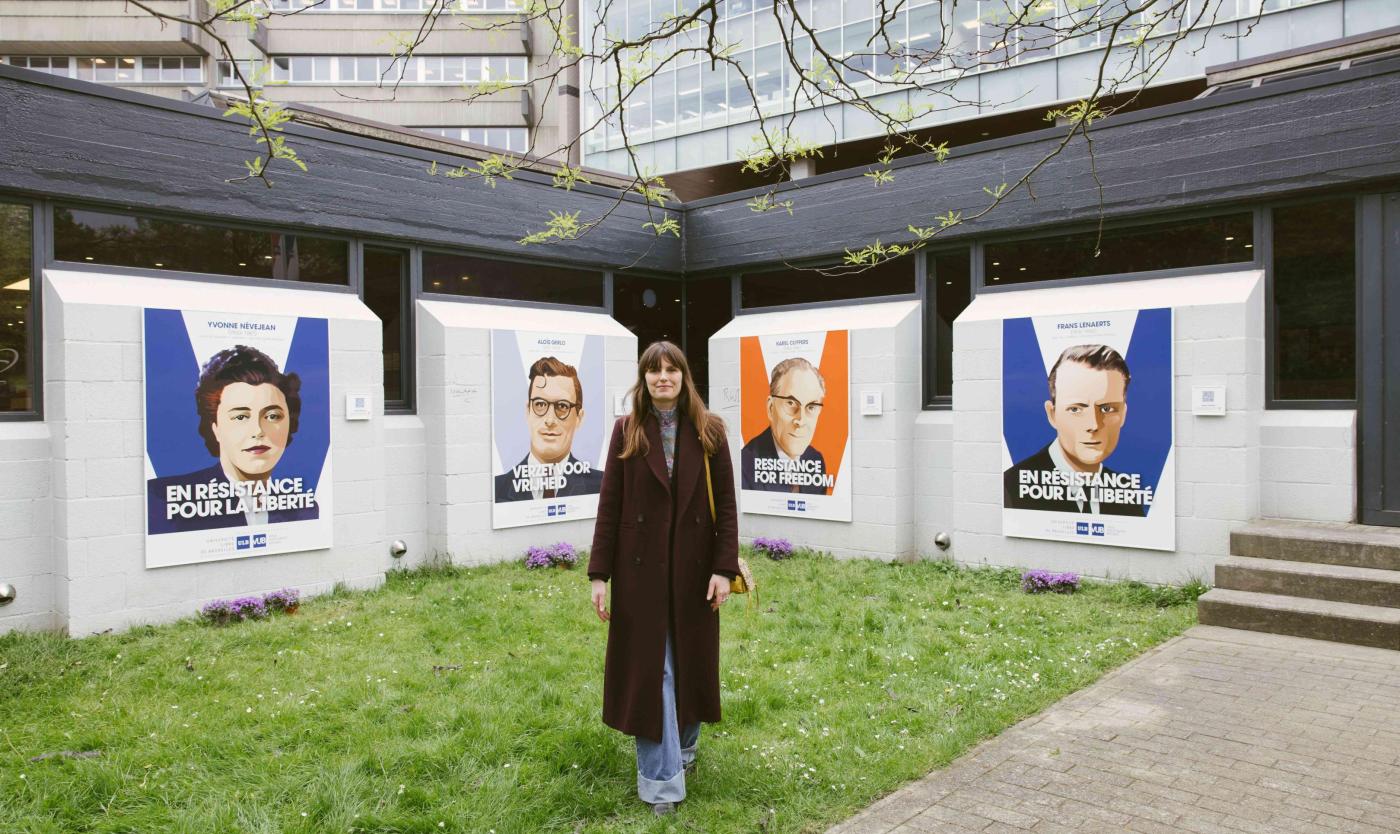
Nel De Mûelenaere, Professor of Contemporary History
Names with a face
Along the Resistance Alley hang portraits of people directly linked to our university:
- Frans Lenaerts, medical student who noted German troop movements and smuggled them to England. He was executed in 1943.
- Aloïs Gerlo, first rector of VUB, active in the underground press and later representative of the independent resistance.
- Karel Cuypers, professor of astronomy and humanist, who protected students from forced labour and kept lists out of German hands.
Other resistance heroes also have a place of honour. Like Andrée De Jongh, the young woman who, as a key figure of the Comet Line, smuggled hundreds of Allied pilots to safety.
The resistance was never one-dimensional: liberals and socialists, workers and intellectuals, young people and nobility found each other in refusing injustice. Their choices show that resistance is always possible – and that solidarity with strangers can be the most radical act.
Professor Nel De Mûelenaere: “We must not reduce the resistance to nuance. These people inspired then, and they can still inspire today – precisely because, at the risk of their own lives, they rose up against a repressive occupier.”
With the Resistance Alley and the chair Traces of Resistance, VUB keeps that memory alive. Not as a closed past, but as a mirror and a task for the future.
